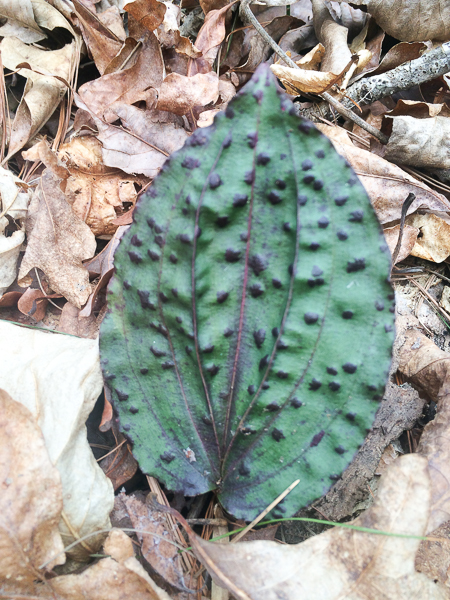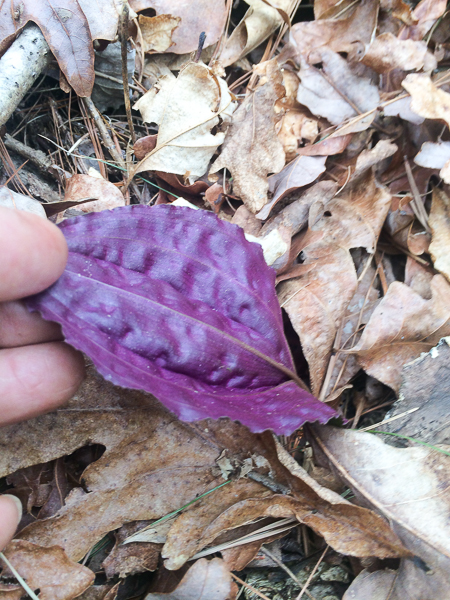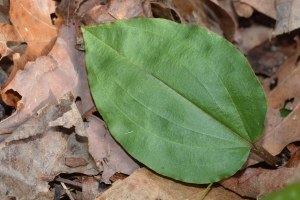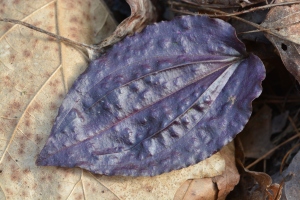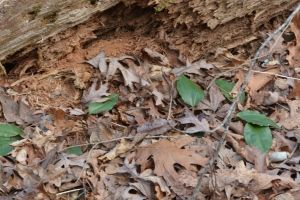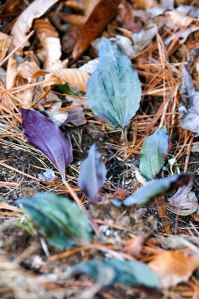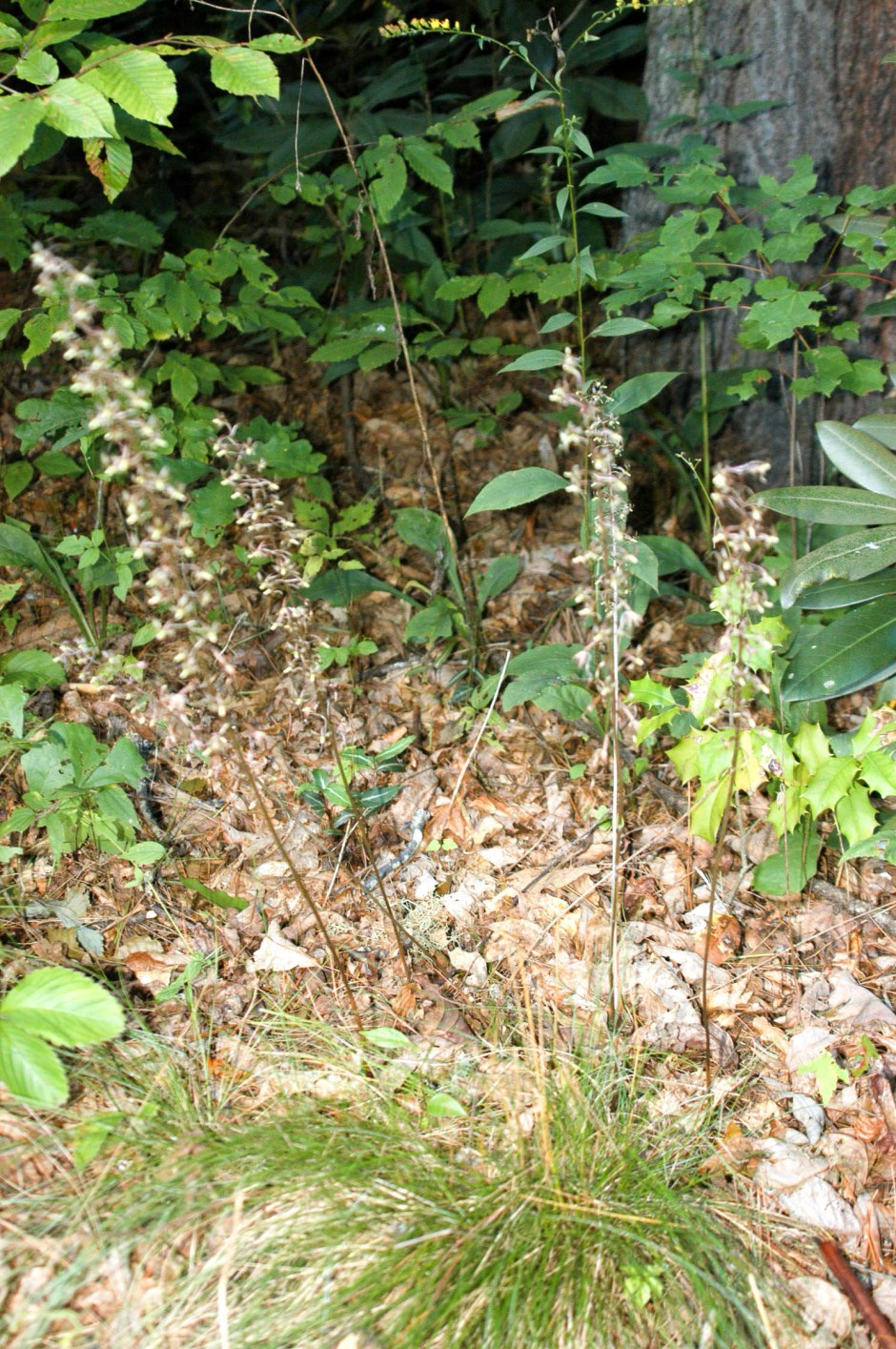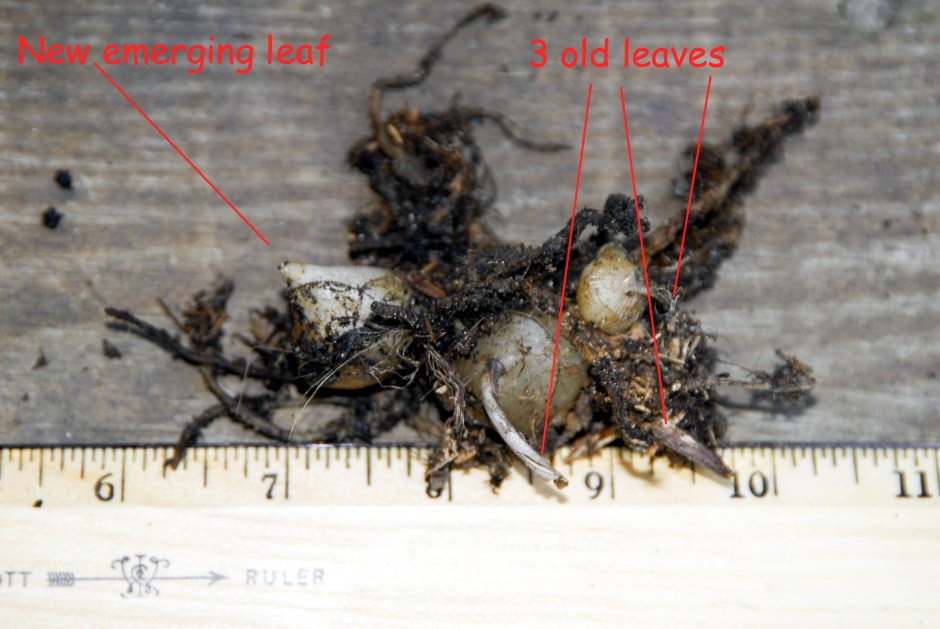One of the orchid plants which are in evidence in winter, as related in a recent blog, is the orchid with a lovely delicate inflorescence which flowers in late summer in Nantahala.The common name is “cranefly orchid” and I had to look up the word “cranefly” to fully understand why the name was chosen for the plant. A cranefly is an insect also known as a “daddy longlegs”. It is a fly, but it looks more like a large mosquito. The small, delicate, translucent, lopsided flowers resembles the crane fly insect. (Click here for a page of images of the crane fly!)
It isn’t always that the Latin name and the common name of a plant more or less coincide. But, in this case they do. There are 3 Tupilaria species of orchids world-wide, and the name seems to have been chosen because of the resemblance of the flowers to the crane fly insect which belongs to the Tupiladae family. So, the botanical powers-that-be named it Tupilaria discolor – the epithet discolor related to the fact that the plant consists of a leaf which is green or greenish purple on top and a decided scarlet/purple color on the underside.
The plant consists of a single, basal leaf which looks as though it has been pleated and then let go. Sometimes it has little bumps on it coming from the bottom side. It can be green, but it can also be discolored brownish purple color. It can be found as a single plant, or in groups of several plants as the seeds form in late summer and the stalk topples over into the falling autumn leaves, get covered up, and then buried into the ground as though planted. A very efficient plant, if you ask me, in terms of reproducing, by waiting to flower until all it has to do is keel over and die.
Because the cranefly orchid’s inflorescence is so delicate – a slender stalk about 2 feet tall, and the flowers so small and translucent of variant hues, it disappears into the landscape and can easily be ignored. By the time the plant flowers – mid to late August in our area, there is a lot of competition for space and the single stalk simply gets crowded out.
Unfortunately, none of my photographs of the actual flowers are very good. However, here is one taken in August of 2008 which shows several flowering plants in a wooded area near the house.
The Aplectrum hyemale blog included photographs of the plant’s corms and I mentioned how successful we have been in moving plants into groups around the property. Since in winter both Aplectrum hyemale and Tupilaria discolor plants are very easy to see, it is not difficult to dig the plants up and transplant them. I was flush with success of grouping my Adam & Eve plants and thought I would do several groupings of Cranefly orchids to enjoy in August when they bloomed.
The corms are very close to the ground, easy to dig up, but not successfully transplanted (at least by me!)
Oh, what a disappointment. None of the transplanted plants have survived, although I have always been careful to plant them in circumstances similar to those where I had found them. Reason? Probably because the corms of the Cranefly orchid are good enough to eat! So, it is one thing for the plant to lie undisturbed in the woods but it is quite another, apparently, for it to be a transplant. Transplanted corms and onion-like roots seem to be found out very quickly by wildlife – sometimes not even making it through the night to the next day – to my great disappointment.
There are some good links with information on this plant. One of them is found in Wikepedia. Another link is an interesting article featuring Tupilaria discolor when it was chosen as the Plant-of-the-week by the US Forest Service in 2011.

